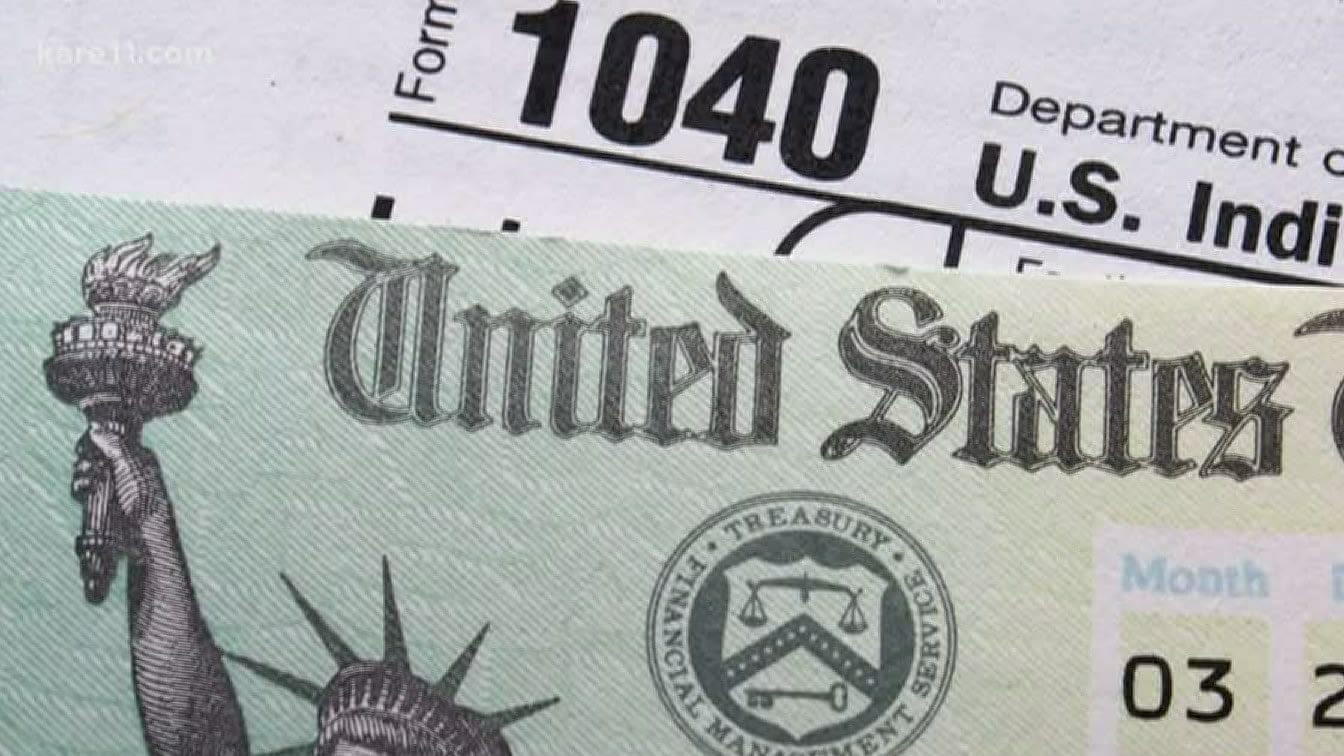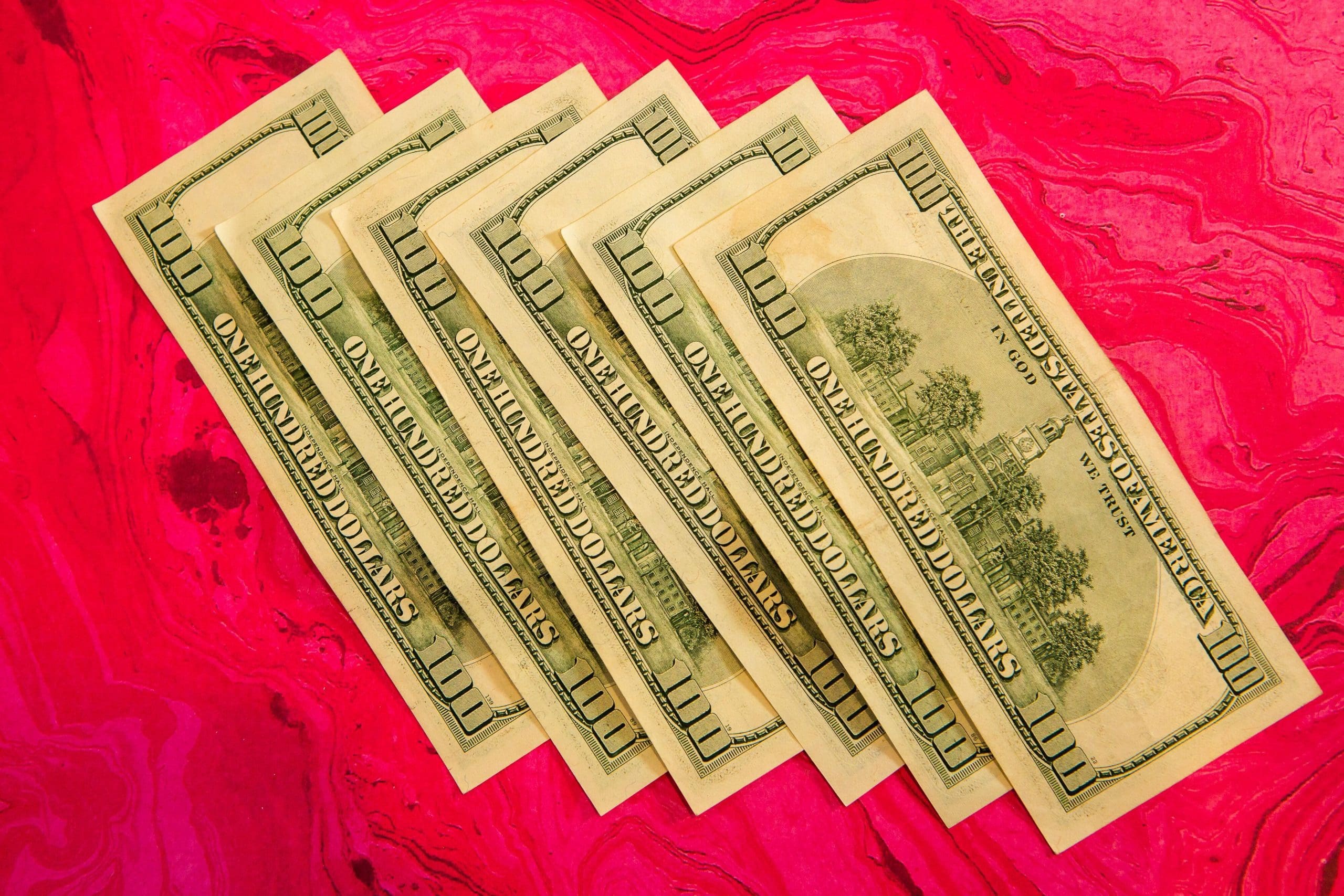Most states have stuck to a single inflation relief payment to residents to cope with rising prices. It has come in various forms including direct deposit to banks, paper checks sent through the US Postal Service, tax rebates, and pre-paid cards. The much-expected fourth round of stimulus checks remains elusive from the federal administration even as Washinton remains deadlocked in partisan politics.
But one state is going for the fourth round of stimulus checks in the space of 6 months. Residents of New Mexico have already received 3 rounds of stimulus checks between May and August. Another round could be on the way in October and could be worth $400 for qualifying residents.
The Human Service Dept. of New Mexico is administering the program through YES New Mexico. People can start applying for this fourth round of stimulus checks at 9 am on September 26.
New Mexico Has Already Given Stimulus Checks Up To $1,500 Within The Past 4 Months
Earlier Governor Lujan Grisham had announced a series of stimulus checks that started with the $200 million in household relief that reached over 550,000 taxpaying residents of New Mexico. The initial stimulus check was for $250 and taxpayers who had submitted their bank details with the new Mexican tax authorities received that amount within days.

Gov Grisham said that the New Mexico government had plans to ultimately give close to $500 million to residents throughout the summer. He said that while millions of Americans were grappling with the high cost of gas and other household goods, the state was doing everything in its power to provide relief to its residents.
The rebates that were earlier issued were part of two distinct legislative bills. It was an effort to assuage the paying of high prices of gas and other essential commodities, and also the rising prices of home rent and utility bills.
The state has ultimately decided to send around $677 of income tax revenue to residents. One of the rebates was approved in the regular session of the legislature while the second was approved in a special legislative session in spring. Stephanie S. Clarke, the Taxation and Revenue Secretary, said that the employees of the department worked fast to get the stimulus checks to qualifying residents.
Tax filers who filed individual returns received $250 more in August. This was in addition to the funds distributed earlier. Residents who filed joint returns with their spouse or as household heads received a rebate of $500 starting in June and another in August.
This same piece of legislation that authorized also authorized the rebates also set aside another $20 million as economic relief payments to residents of New Mexico who had failed to file their state income tax returns because their income was too low. Only non-filers applied for this one-off relief payment which was between $500 and $1,000 depending on the size of the family.
The application for the fund was through the New Mexican Human Services Dept. website. New Mexicans who were displaced by wildfires and were inaccessible through the mail were given multiple options for receiving their stimulus checks. The mail was sent to the Las Vegas Post Office for residents of Guadalupita, Chacon, and Rociada.
Residents who filed their income tax returns for 2021 after the deadline on April 18 experienced a delay as the processing time was increased after the last minute.
New Mexicans who failed to file their income tax returns for 2021 have till the end of May 2023 to file and claim their stimulus check. but they are also eligible for a non-filer relief payment. Another rebate of either $250 to $500 went out to taxpayers in July depending on their tax status. This rebate was approved during the regular session of the legislature in 2022. The payment n will go out automatically to residents who have filed their income tax returns for 2021 and earn $75,000 or less as individual filers or married individuals filing separately. For married couples filing jointly, the maximum AGI permissible is $150,000.
California Stimulus Check To Go Out To 23 Million Residents
California is also giving out its third stimulus check after the Golden State stimulus checks I and II. Governor Gavin Newsom signed the 2022-23 budget which includes a direct payment of between $200 and $350 for individuals and a maximum of $1,050 for a family.
Over 23 million Californians will start getting their stimulus check in October. A joint statement from state assembly leaders and the governor’s office stated that the present budget addresses the immediate needs of residents of the states. The priority is to get money directly to residents who continue to fight the after-effects of the pandemic and rising prices of everything from gasoline to groceries.


The Franchise Tax Board of the state will issue the stimulus payments through debit cards and direct bank transfers. The payments will start in the last quarter of 2022 and continue through the first quarter of 2023. Residents who file their returns electronically and receive refunds through direct deposits will receive their payment on that same account. The rest will get their stimulus check by mail delivered by the US Postal Service.
The California Inflation Relief Package
The stimulus check payment is part of the $17 billion package sanctioned by the legislature for inflation relief. This Middle-Class Tax Refund will go out to residents who have already filed their state income tax returns for 2020 before October 2021. They also should have been a resident for a minimum of 6 months in 2020.
You must also not be listed as a dependent on any other income tax return. You would also need to be a resident of the state on the date the payment is issued.
The payment will go out on a sliding scale with the maximum payment to married couples filing jointly and having an income of $150,000 or less. They will get $350 each plus another $350 if they can declare a dependent. The $1,050 total is the maximum permissible under this scheme. Even joint filers earning up to $500,000 will get a stimulus check but the total will be $200 per head plus another $200 for one dependent.






